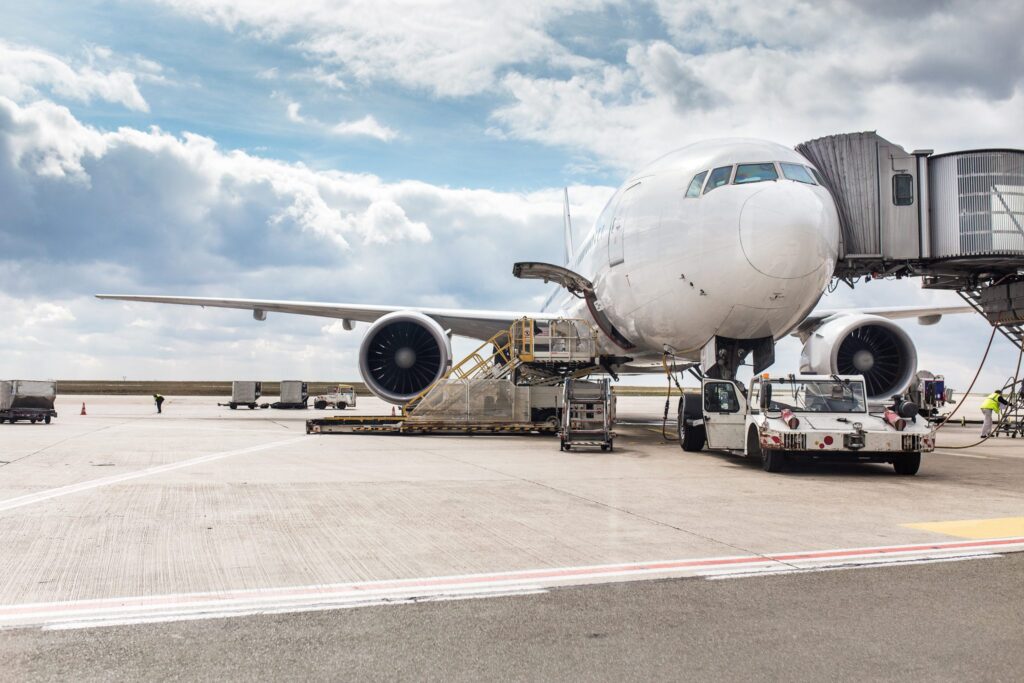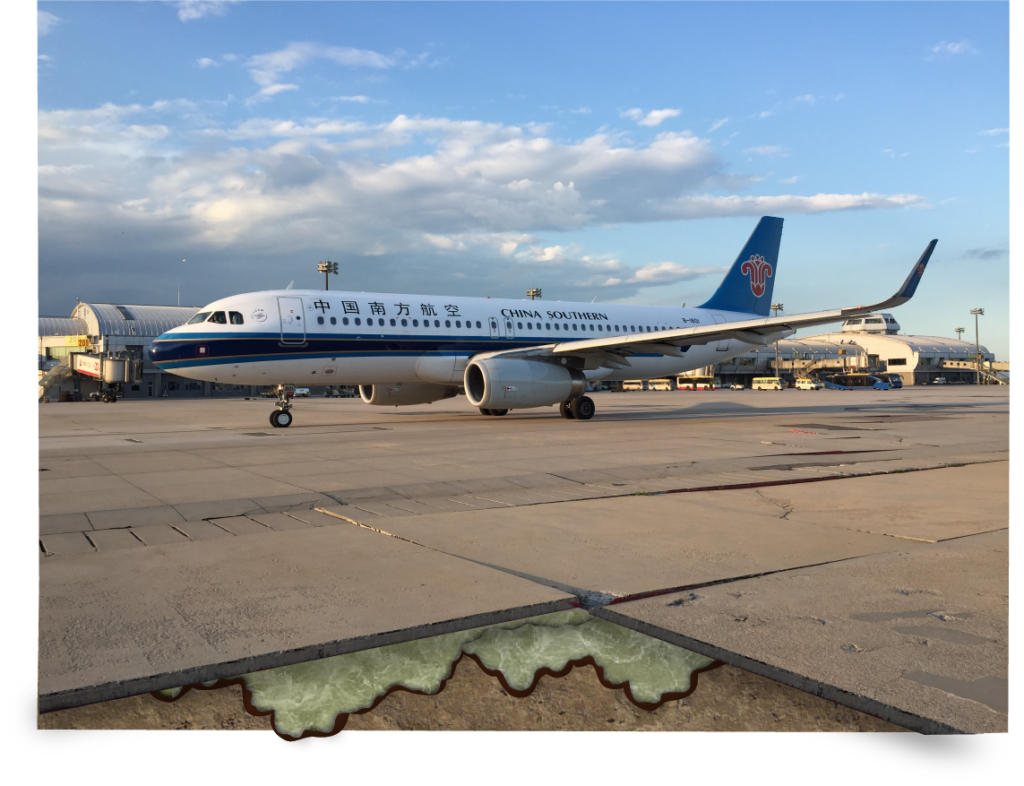Cookies & Your Privacy
This website uses cookies to ensure you get the best experience on our website. More Information >
Home » Infrastructure Solutions for Airports
HMI systems are used in more than 300 cities and airports around the USA. Various airports around the world include: Dallas- Fort worth, HOUSTON Airports, Chicago O’Hare, Fumicino – Rome, La Mezie Terme, Malpensa and Linate in Italy, at least 10 airports in Mexico.
Airports are designed based on the size and frequency of aircrafts that will land and take-off. The sub-grade design, pavement, and runway length is designed considering the potential loads. With increased demand for travel, airplanes are bigger and fly more frequently than ever before. This increased stress on the airport infrastructure and environmental impacts often show fatigue because of this.
Fully understanding these factors are key to understating how the failures should be repaired. Sophisticated evaluations should be executed to understand what is below ground and above ground. This information is valuable to the suggested repair design and also provides proof of the results achieved with the repair.
Many factors must be taken into consideration when evaluating an airport repair.
• Size of the aircrafts landing
• Frequency of landing/take-offs
• Pavement construction and Condition
• Sub-grade construction
• Water or drainage
• Mapping of failure points and Runway behaviors
• Future needs and demands of the airport
• Re-establish load bearing capacity
• Increase load bearing capacity
• Manipulate slabs into place removing vertical displacements.
This site is protected by reCAPTCHA and the
Google Privacy Policy and Terms of Services apply.
In 2 days, we teach you everything you need to know to start your own concrete raising company!
Deep Foamjection is installing a stronger foundation to support DEMANDS OF Airport runway traffic & vibration.
Safety is the number one priority in airport runway transportation
HMI foam leaves the smallest carbon footprint vs all other poly’s on the market
Unlevel structures are often hazardous and at times require a long shut down. HMI understands the importance of safety and stands behind our Deep Foamjection process to repair and stabilize unlevel concrete and repair failing soils.
Deep Foamjection™ is quick, ready to use immediately and long lasting.
When soil settles, the core issue is the inability of the sub-grade to support the slab, or ground above. The job of the sub-grade is to have enough bearing capacity to evenly support the slab.
Deep Foamjection is the process of injecting a two part polyurethane foam into those failed soils. Injected as a liquid, the polyurethane foam expands and pushes out on and into the weak soils. This expansion will take the path of least resistance as it travels. This expansion will follow voids, fissures or weak/loose soils. As it travels it takes the shape of a tree root. This volume of expanded foam increases the density and strength of the soils that failed as well as adding a solid custom installed volume of foam.
DCP Test (Dynamic Cone Penetrometer)
This tool allows HMI contractors to test soil compaction both before and after the work is performed. By testing soil conditions before the work is performed the size of the area can be determined as well as the depth, allowing for precise soil stabilization. By testing after the work is completed, installers can quantify the work performed and provide the results to the customer. DCP units can be “hand held” or truck mounted for larger projects


HMI Polyurethane systems cause minimal interruption.
When polyurethane systems are in place the work site could be cleared and the systems are mobilized in under 15 minutes. HMI Polyurethane systems can be equipped with both laser levels as well as water levels allowing for the monitoring of any movement of the runway.